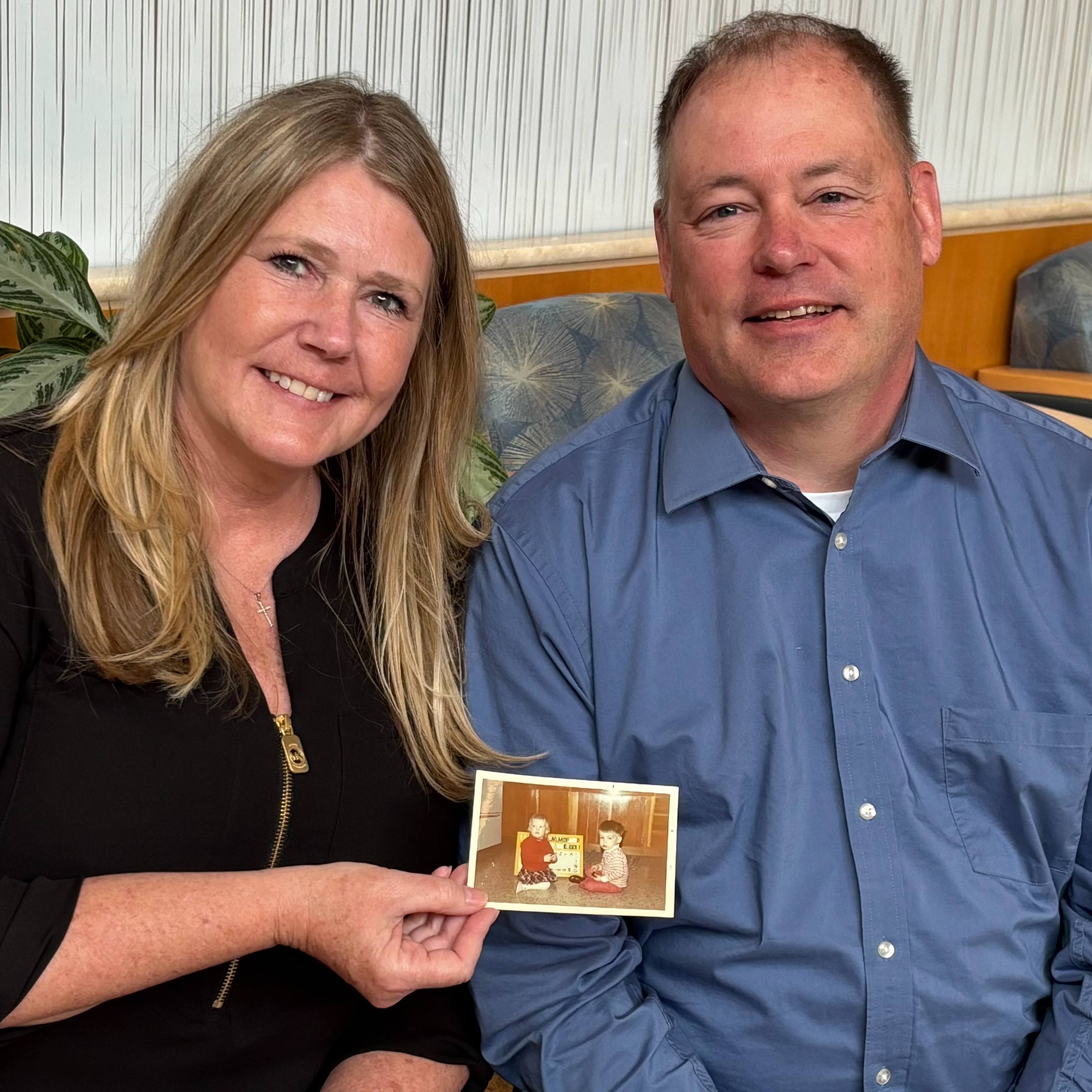-
Mayo Clinic Minute: Stop the bleed, save a life
Whether it's from a sawing accident, a car crash or a gunshot wound, when blood starts pouring, saving a life starts with stopping the bleeding. Gwen Meyer, a Mayo Clinic trauma nurse, says stopping the bleed comes down to "A," "B" and "C."
Journalists: Broadcast-quality video pkg (0:59) is in the downloads. Read the script.
Meyer says "A" stands for alert somebody.
"If you come upon a scene and see something, call 911," Meyer says. "Yell out to somebody to get help."
She says "B" stands for bleeding.
"So look for that bleeding source," Meyer says. "Is there a lot of blood around the area? What are we looking at? Find the bleeding source."
Finally, she says, "C" is for compression.
"We're going to compress that area, be it with a wound and dressing application or with tourniquet application," Meyer says.
She also reminds people to use gloves if possible, and make sure to wash your hands.
Meyer teaches courses on how to stop the bleed, and says National Stop the Bleed Day on Saturday, March 31, is a good time to remind people that getting a tourniquet placed 2 inches above wounds on the extremities can be the difference between life and death.
She says in her career as a trauma nurse, she has seen to many cases end badly because people did not know what to do when they saw someone badly injured and bleeding.
"They are very sad when you think of – by a tourniquet application or somebody applying pressure directly to that wound – their life could have been saved," Meyer says.
That's why it's important to remember "A," alert; "B," assess the bleeding, and "C," compress the wound.







